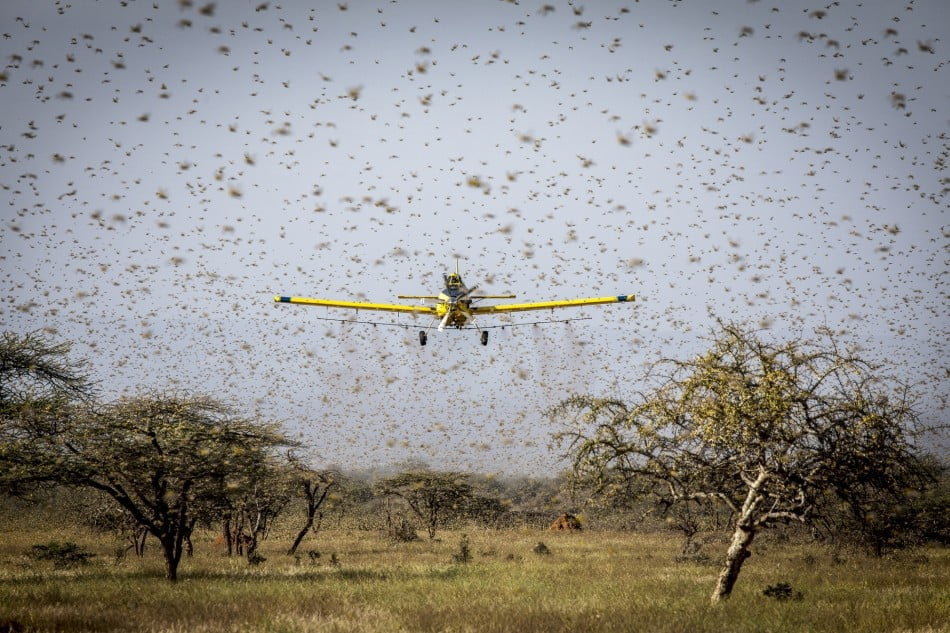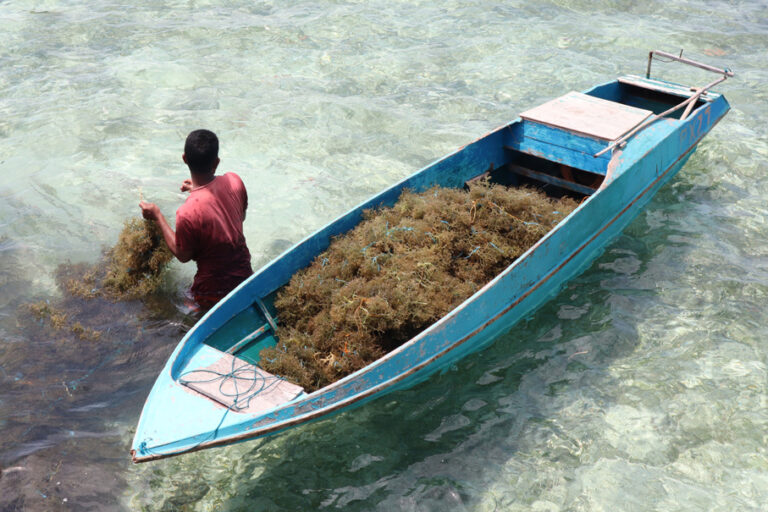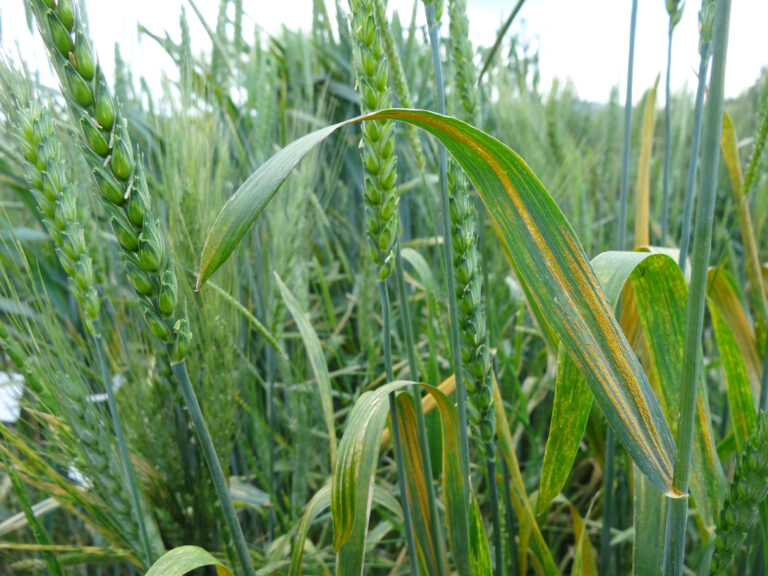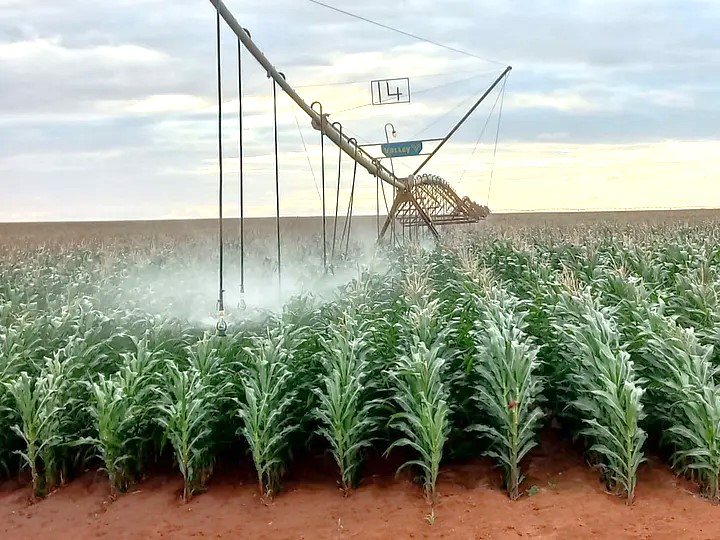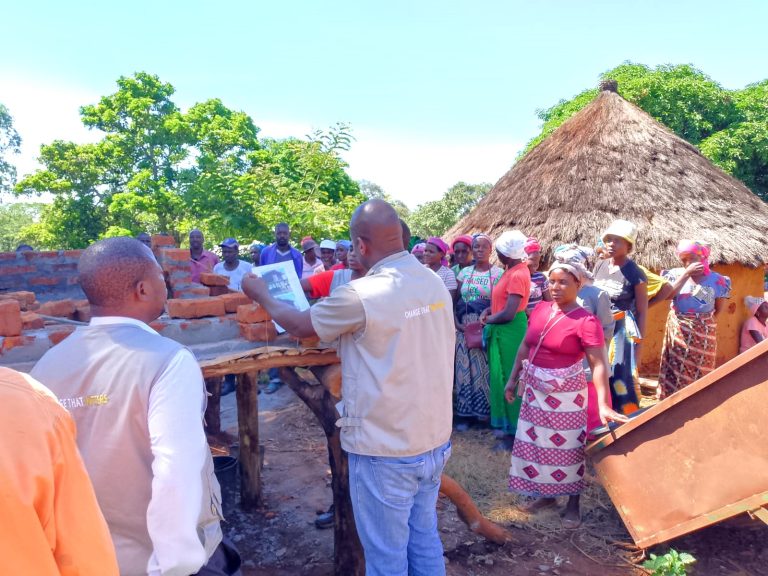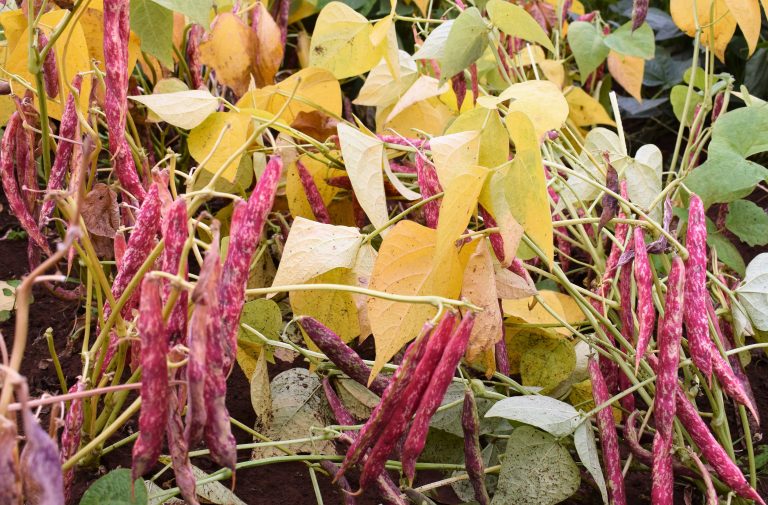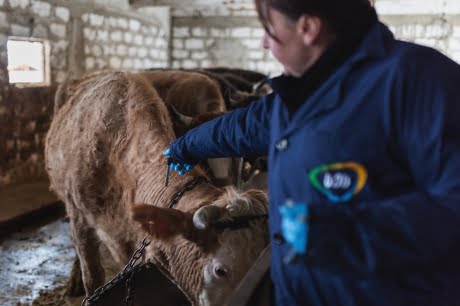While the eyes of the world are on the novel coronavirus, East Africa continues to struggle with another crisis of biblical proportions: growing swarms of ravenous locusts.
Both crises are extraordinary in scale, and both foes multiply so quickly that governments are struggling to contain them.
But times of crisis are also times of innovation and collaboration. And just like scientists around the world are racing to find ways to contend with COVID-19, international researchers have joined forces with FAO to create new tools to stay one step ahead of the itinerant locusts.
Such tools are becoming even more relevant as restrictions associated with COVID-19 are posing new obstacles for response teams.
“None of the affected countries in East Africa are usual frontline areas for locust infestations, so they had none of the available systems and tools in place,” says Keith Cressman, Senior Locust Forecasting Officer at FAO. “We’re now speeding to make easy-to-use versions of those tools for countries like Kenya, South Sudan and Somalia – tools that can be used by field officers regardless of whether they’ve been trained in locust control or not.
The technology ranges from data collection tools that monitor the presence of locusts to satellite imaging systems that help predict where the crop-hungry pests will travel next. Kenya will soon become the first country to test FAO drones for locust surveillance.
“From a scientific perspective, crises like these offer an opportunity to test new ideas and technologies and see how they can be used to manage pests,” says Cressman.
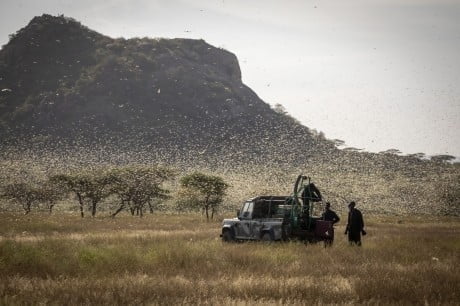
On the ground
FAO is putting a range of tools directly into the hands of governments. This includes FAO’s eLocust3, the standard surveillance technology used by countries with frequent infestations. As the current crisis in East Africa escalated, Penn State University, a long-time FAO partner on pest research, rapidly developed a mobile phone version of the technology, eLocust3m, which is now widely available through App stores. This can be used on most smart phones, and includes an in-country chat, exponentially increasing countries’ capacities to share geo-referenced reports of locust movements and control operations in real time.
FAO will also be shipping hundreds of eLocust3g, a new palm-sized GPS device with satellite connection and basic eLocust3 functions, to countries in Africa and Asia. Both versions let field officers record where they encounter locusts, what stage of development they are in and what areas were treated.
This information then feeds into national geographic information systems in each country that are connected to a global geographic information system at FAO headquarters in Rome, which distributes daily updates to agriculture ministries, national locust control centres and other partners via an online Locust Hub. This means forecasters and decision makers have access to daily on-the-ground information, something critical in managing migratory pests like locusts, which can increase 20-fold every three months and rapidly move across seas and continents.
In the air
But what do you do in hard-to-reach areas? Drones could soon offer a solution. FAO will be introducing them as eyes in the sky in Kenya to check for infestations and search large arid areas for green patches – prime feeding grounds for locusts, but often hard to find and access from the ground.
FAO is prototyping both rotary and fixed wing drones for surveillance. Each comes with unique strengths.
Rotary wing drones can hover in place long enough to take detailed images. Field officers can stand nearby and analyse locust concentrations in real time. Also, because of their precision, there might be a role for them in treatment campaigns. “We’re looking into how we might fit them with micro-sprayers and send them out on very targeted missions to treat small infestations that might otherwise be difficult to spray,” says Cressman.
Rotary drones, however, have a limited range. The fixed wing drones, on the other hand, can cover up to 100 kilometres in one flight, which makes them ideal for finding patches of green vegetation in vast deserts. “We are still in the experimental phase when it comes to drones, but it is clear that these kinds of tools will become more important in the years to come,” Cressman says.
In space
Flying even higher in the sky, satellites have long provided FAO with data to help predict locust movements.
For example, FAO is partnering with the United States National Oceanic and Atmospheric Administration (NOAA) — which jointly operates weather satellites with NASA. NOAA is using FAO’s latest data from East Africa to expand a model that projects locust flight paths. This allows forecasters to better understand sources of the swarms and where they be headed in the next several days — no small feat considering swarms can travel up to 150 kilometres a day.
Similarly, thanks to collaborations with NASA and the European Space Agency (ESA), satellite images are helping FAO experts understand where it is raining, where vegetation is growing and where breeding conditions may be favourable, in order to anticipate pest threats.
Vegetation means food and shelter for locusts. So every map pixel is scrutinized for daily changes and the smallest hint of emerging green can send a field officer in hot pursuit of locusts.
What’s more, satellite imaging can penetrate dry topsoil to search for moisture underneath – ideal conditions for egg laying, and FAO is working with NASA and ESA to harness that data as well.
“With more extreme weather patterns everywhere, it’s likely we’ll be seeing more outbreaks in unusual places,” says Cressman, “so it’s becoming even more important to get the right kinds of tools and information to governments and field teams to manage these crises, now and in the future.”
The current desert locust crisis in East Africa highlights how many elements are involved to ensure food security and stable livelihoods. With the aid of new technology and reinvented old practices, FAO is helping countries better respond to emergencies like this one


